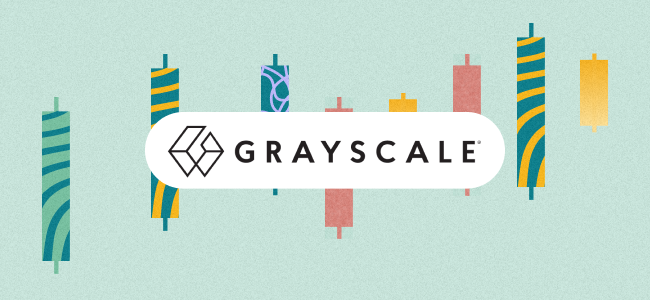Following FTX’s downfall, there have been a lot of questions concerning the crypto space that we can’t ignore — especially given that we provide exposure to that space. Let’s look into one of the investment products we offer and dive a little deeper into the Grayscale Bitcoin Trust (GBTC) and its recent behaviour.
First things first, what is GBTC?
GBTC is the world’s largest Bitcoin fund, allowing individuals to quickly gain exposure to the so-called “digital gold” without the hassle of trading, storing, or worrying about the safety of their holdings. The fund owns about 3.5% of the world’s bitcoin, holding over 630,000 coins.
How are the assets safeguarded?
GBTC adopts “cold” storage for assets. But what in the world does that actually mean? That means assets are placed in offline storage, significantly increasing the safety and security of these coins with Coinbase Custody Trust Company acting as their custodian. Grayscale published a letter, co-signed by Coinbase’s CEO and CFO, stating that the custodian holds over 635,000 Bitcoins under Grayscale’s name. Also, GBTC operates under a regulatory framework prohibiting the product from being borrowed, lent, or withheld.
Can GBTC suffer the same fate as FTX?
Well, this would be a case of comparing apples to oranges. FTX is, or was, an exchange where investors could trade digital assets. GBTC, on the other hand, is an investment product traded over the counter (OTC). Given that the latter is traded on a public market, stakeholders must adhere to certain rules and regulations. One such rule is that major shareholders in Grayscale, GBTC’s provider, cannot dump their holdings to raise funds. Based on the Securities Act of 1933, these entities must give advance notice of any planned sales, which would be capped at either 1% of outstanding shares or weekly trading volume. Without making things too complicated, liquidity risks have been taken into consideration, prioritising the protection of the average investor.
What’s all this talk about premiums and discounts?
GBTC’s value is derived from bitcoin as well as investor demand and supply. GBTC was valued at a “premium” price for the first few years compared to bitcoin, meaning it outperformed the asset itself because the fund provided a convenient and secure way for investors to gain exposure to the largest cryptocurrency, without the challenges of investing in bitcoin directly.
Recently, the asset has moved into its discount price, mainly due to two factors:
First, the turmoil surrounding the crypto environment. The above information on GBTC provides us with clear and transparent insight into its structure, as well as some of the guardrails in place, which, in hindsight, would have been enough to avoid the bankruptcies that happened earlier this year.
Second, the rise of the first bitcoin ETF in Canada. This has provided an alternative for some investors to gain exposure at cheaper costs and with more liquidity. Grayscale started the process of converting GBTC into an ETF earlier in 2022, which has been paused for now by the SEC.
Going forward, one can expect this discount gap to close depending on the development between Grayscale and the SEC amidst the crypto chaos, and hopefully alongside adopting an efficient and effective regulatory framework.
From a Sarwa Invest point of view, investors have limited exposure to GBTC (capped at 5% of the overall portfolio). The rationale behind adding a crypto option was to ensure you gain exposure to this new asset class with an interesting risk/return profile, further diversifying your funds, while limiting its ability to make or break your overall progress.
